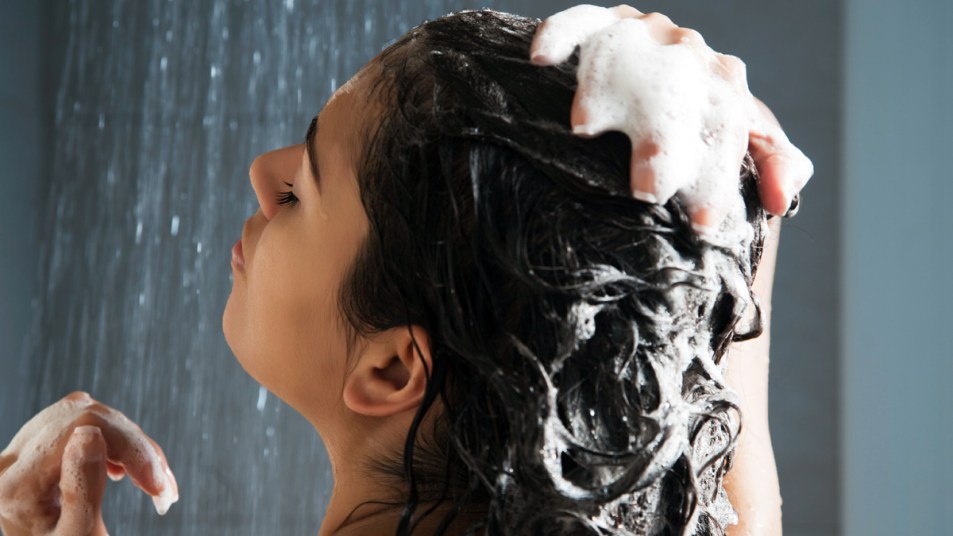Bath vs. Shower: Which Is Better For Our Skin?

When it comes to getting our bodies squeaky clean, there’s a lot of debate between dipping into a bath or stepping under a shower. Fans of each could argue about it until the sun goes down (and back up again), but this is one conflict where there is a clear winner — at least when it comes to keeping our skin healthy.
It’s easy to believe soaking in a warm bath is the best way to keep our skin moisturized, but the extended exposure to water all over your body can actually have the opposite effect. Dr. Rachel Nazarian, a dermatologist in New York City, explained to TODAY how baths can strip our skin of its natural oils — something that’s easy to avoid by scrubbing up in a shower instead.
Dr. Earim Chaudry, a general practitioner in the UK, echoed the same recommendation in a recent article for The Irish News. “It’s a myth that [baths] are better, they’re actually not quite as beneficial as showering,” he said. “A shower is actually better for your skin due to the fact that they expose the body to less water than a bath.”
However, there’s a catch — spending more than 10 to 15 minutes cleaning ourselves can cause the same skin-drying problem whether we’re doing so in a shower or a bath. Dr. Chaudry suggests limiting our shower time to only five to 10 minutes for optimal skin health. You also want to make sure the water is a comfortable lukewarm temperature, not piping hot. And, of course, look for hydrating cleansers instead of typical soap that can also strip away skin’s natural oils.
The experts from the National Eczema Association don’t recommend baths over showers for those dealing with chronic skin conditions. As they explain on their website, “Both bathing and showering are equally effective in keeping the skin barrier healthy and flexible, so that it can better lock in moisture and keep irritants out… However, too much contact with water or improper bathing can actually cause irritation.”
Regardless of which method someone chooses to get clean, the association encourages a “soak and seal” method for those who need extra help locking in hydration. That means limiting the time in water to five to 10 minutes, then moisturizing while skin is still slightly damp afterwards. “It’s important to apply the moisturizer within three minutes or the skin may become even drier,” they explain.
And if you still want to argue that taking a bath is better for saving on the cost of water, Stanford Magazine nips that in the bud, too. They cite the US Environmental Protection Agency’s findings that while baths can use up to 70 gallons of water (depending on tub size), most showers only use 10 to 25 gallons. If you want more proof, the magazine suggests a simple test to easily show just how much less water showers use than baths: “Try stopping the drain during your next shower to measure the amount of water you use. Then compare that to the amount you use for a bath. Chances are, you’ll find the same result [as the EPA]: showers save water.”
None of this is to say we can’t enjoy the occasional relaxing soak in our tub. Dr. Chaudry admitted they are “incredibly beneficial to your wellbeing,” especially after a long, stressful day. Just be sure to include some hydrating products (like ones with aloe vera or helpful oils) in the water while you unwind and remember to moisturize afterwards!
















